Planetary sciences faculty experts and students from Washington University in St. Louis will view the solar eclipse from a site that will experience 4 minutes of totality, starting at 1:57 p.m. Central time on Monday, April 8, 2024. At the…
Tag: Solar
UC Irvine teams ranked high in Orange County Sustainability Decathlon results
Irvine, Calif., Oct. 17, 2023 — TeamMADE, a sustainable home design and construction crew with student members from the University of California, Irvine and Orange Coast College, placed second overall in the Orange County Sustainability Decathlon, which was held Oct.
Solar powered irrigation: a game-changer for small-scale farms in sub-Saharan Africa
A new study, published in Environmental Research Letters, finds that standalone solar photovoltaic irrigation systems have the potential to meet more than a third of the water needs for crops in small-scale farms across sub-Saharan Africa.
Can floating solar panels be a sustainable energy solution in New York?
Steve Grodsky, assistant professor of natural resources, and a multidisciplinary team of researchers, soon will learn how solar panels placed on top of water bodies can affect the biology of aquatic systems.
ESF Researchers Receive NSF Funding for Eco-manufacturing of Renewable Lignin-derived Products using Sustainable Energy
Researchers at the SUNY College of Environmental Science and Forestry (ESF) received a grant from the National Science Foundation (NSF) to further its research on carbon-neutral alternative sources for value-added chemicals currently sourced from petroleum and other fossil fuels.

GW Expert Available: Lawmakers vote to repeal President Biden’s suspension of solar tariffs
On Wednesday, Senate lawmakers voted to overturn President Joe Biden’s two-year suspension of tariffs on solar imports from countries in Southeast Asia, according to The Hill. The measure has already been approved by the House. The White House has said President Biden…
Underground Water Could be the Solution to Green Heating and Cooling
About 12% of the total global energy demand comes from heating and cooling homes and businesses. A new study suggests that using underground water to maintain comfortable temperatures could reduce consumption of natural gas and electricity in this sector by 40% in the U.S. The approach, called aquifer thermal energy storage (ATES), could also help prevent blackouts caused by high power demand during extreme weather events.
Iowa State to study growing crops in solar farm’s footprint
A new Iowa State University research project will explore how to grow crops and keep bees amid solar panels. Funded by a grant from the U.S. Department of Energy, most of the research will be conducted a few miles south of Ames, where Alliant Energy plans to begin construction in April on a 1.35 megawatt solar farm.
Casting Shadows on Solar Cells Connected in Series
Even small objects, such as dust and leaves, can block sunlight from reaching solar cells, and understanding how the loss of incoming radiation affects power output is essential for optimizing photovoltaic technology. In the Journal of Renewable and Sustainable Energy, researchers explore how different shade conditions impact performance of single solar cells and two-cell systems connected in series and parallel. They found that the decrease in output current of a single cell or two cells connected in parallel was nearly identical to the ratio of shade to sunlight. However, for two cells running in series, there was excess power loss.
Passive solar could furnish a third of home heating needs
Passive solar heating systems collect natural light via skylights or windows and use it to directly heat spaces, without converting it to electricity. Based on a detailed analysis of heating needs and solar energy availability around the United States, such installations could supply a third of residential space heating needs nationwide, researchers found. The findings, which appear in the November issue of Renewable and Sustainable Energy Reviews, are the first detailed survey of direct solar heating resources in the U.S.
Wind and solar could power the world’s major countries most of the time
With the eyes of the world on the United Nations COP26 climate summit in Glasgow, Scotland, strategies for decarbonizing energy infrastructure are a trending topic. Yet critics of renewables question the dependability of systems that rely on intermittent resources. A recent study led by researchers at the University of California, Irvine tackles the reliability question head-on.
UAlbany Renewables Researcher Creates Interactive Map for Solar Panel Deployment Across the U.S.
The numbers show that solar power can firmly and affordably meet the bulk of U.S. energy demands.
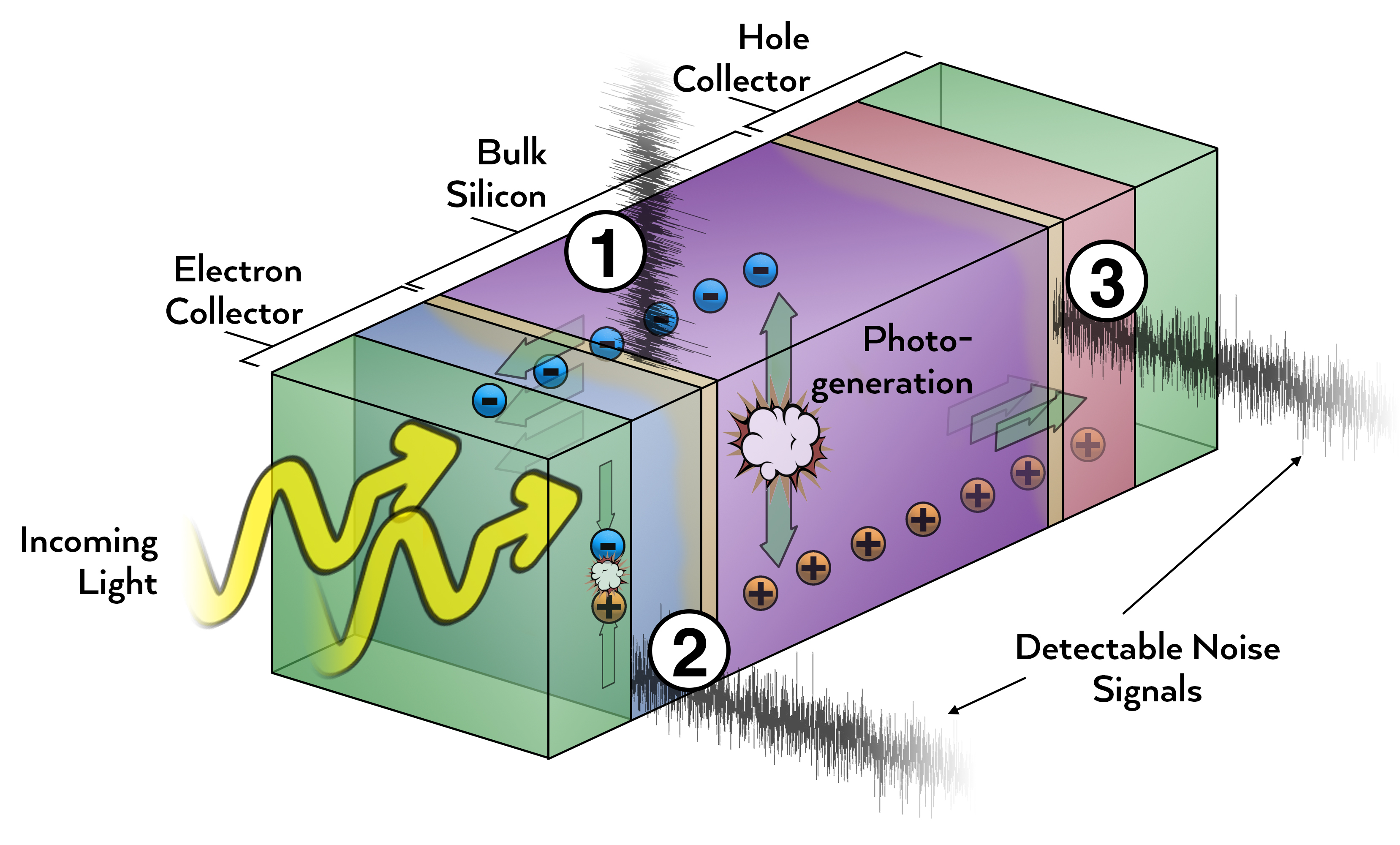
Cutting through noise for better solar cells
Physicists used cross-correlation noise spectroscopy to measure miniscule fluctuations in electrical current flowing between materials inside silicon solar cells. They identified crucial signals that are invisible to conventional methods, and pinpointed the likely physical processes causing the noise.
Recycling next-generation solar panels fosters green planet
Designing a recycling strategy for a new, forthcoming generation of photovoltaic solar cells – made from metal halide perovskites, a family of crystalline materials with structures like the natural mineral calcium titanate – will add a stronger dose of environmental friendliness to a green industry, according to new research published in Nature Sustainability.
Synthetic Tree Enhances Solar Steam Generation for Harvesting Drinking Water
Solar steam generation has emerged as a promising renewable energy technology for water harvesting, desalination, and purification that could benefit people who need it most in remote communities, disaster-relief areas, and developing nations. In Applied Physics Letters, researchers inspired by mangrove trees thriving along coastlines developed a synthetic tree to enhance SSG, replacing capillary action with transpiration, the process of water movement through a plant and its evaporation from leaves, stems, and flowers.
Computers help researchers find materials to turn solar power into hydrogen
A Penn State-led team of researchers report they have taken a step toward overcoming the challenge of inexpensive hydrogen production by using supercomputers to find materials that could help accelerate hydrogen separation when water is exposed to light, a process called photocatalysis.
PNNL Invention Reduces Risk of Battery Explosions
A deceptively simple sensor system developed at PNNL can prevent dangerous battery fires.
Researchers unveil roadmap to expand NY solar energy, meet green goals
Solar-power developers need to explore using lower-quality agricultural land for solar energy, incentivize dual-use (combined agriculture and solar) options, avoid concentrated solar development and engage communities early to achieve New York’s green energy goals, according to forthcoming Cornell University research.
MTU Experts in Snow, Solar, and Power Outages
Michigan Technological University resides in the Keweenaw, a part of Michigan’s Upper Peninsula that gets more than 200 inches of snow every winter. Michigan Tech researchers—engineers, sociologists, computer scientists—study renewable energy grids, their strengths and weaknesses, community resilience and impact…
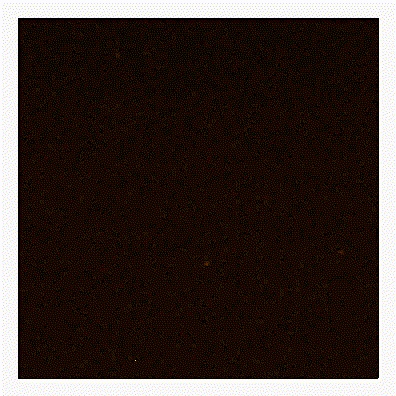
Bristol-led research will disrupt solar and expedite efforts toward Net-Zero target
Imagine a city in the near future where buildings have solar panels integrated into windows, cladding and rooftops – allowing urban areas to generate their own clean and renewable energy. Thanks to a new grant from the Engineering and Physical Sciences Research Council (EPSRC) and Bristol’s Cabot Institute, that vision is set to become reality.

Solar awnings over parking lots help companies and customers
Michigan Tech engineers look into the untapped potential of parking lots in a study that investigates the energy-related benefits of developing charging stations powered with solar canopies built into the parking infrastructure of large-scale retailers like Walmart.

Shining a light on the true value of solar power
For years some utility companies have worried that solar panels drive up electric costs for the people who don’t have panels. Michigan Tech renewable energy researchers has shown the opposite is actually true — grid-tied solar photovoltaic (PV) owners are actually subsidizing their non-PV neighbors.
Making solar power more efficient
Case Western Reserve University computer scientists and energy technology experts are teaming up to leverage the diagnostic power of artificial intelligence (AI) to make solar-power plants more efficient.
UAlbany Partners on New Weather Forecasting Tool for New York Utilities
UAlbany is partnering to create a new weather forecasting tool that will offer real-time predictions on storm outages, electrical load and renewable energy generation.
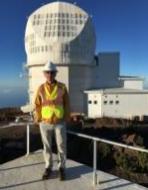
Dr. Thomas Rimmele, Director of NSF’s Inouye Solar Telescope, Named One of Fast Company’s Most Creative People in Business
Dr. Thomas Rimmele from the National Science Foundation’s (NSF) National Solar Observatory joins the 11th annual list of awardees from such companies as Netflix, Google, and Patagonia, as well as institutions such as Johns Hopkins University and the ACLU of Massachusetts.
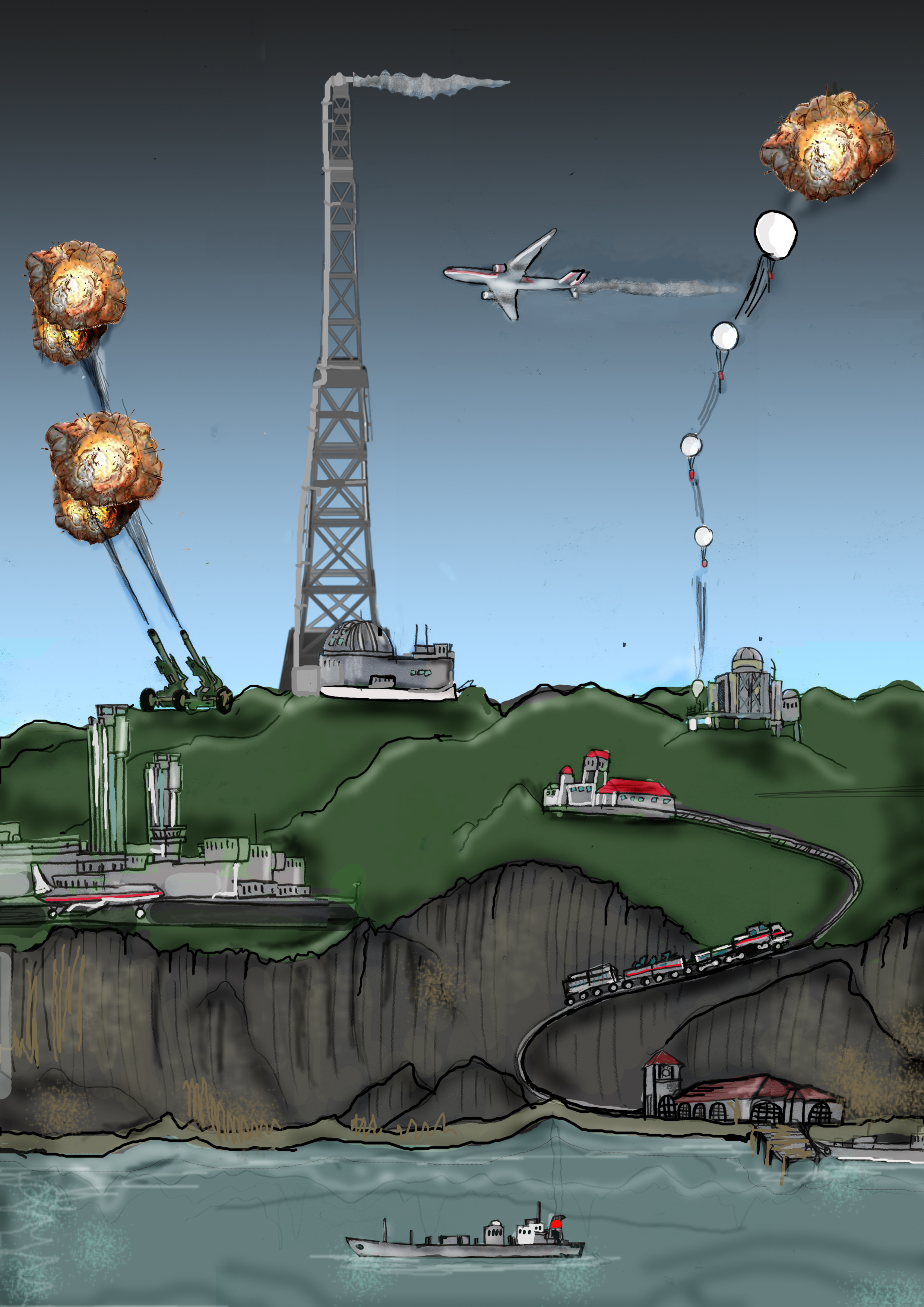
Geoengineering is Just a Partial Solution to Fight Climate Change
Could we create massive sulfuric acid clouds that limit global warming and help meet the 2015 Paris international climate goals, while reducing unintended impacts? Yes, in theory, according to a Rutgers co-authored study in the journal Earth System Dynamics. Spraying sulfur dioxide into the upper atmosphere at different locations, to form sulfuric acid clouds that block some solar radiation, could be adjusted every year to keep global warming at levels set in the Paris goals. Such technology is known as geoengineering or climate intervention.
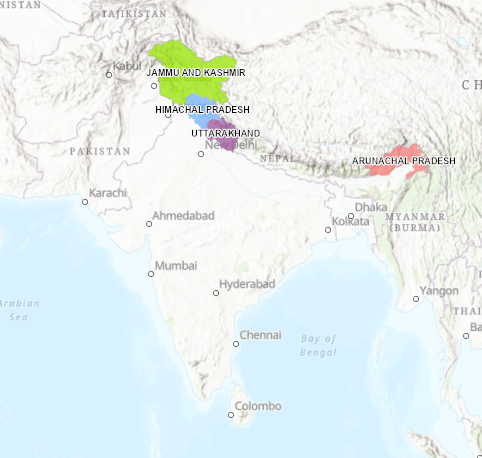
Geoengineering’s Benefits Limited for Apple Crops in India
Geoengineering – spraying sulfur dioxide into the atmosphere to combat global warming – would only temporarily and partially benefit apple production in northern India, according to a Rutgers co-authored study. But abruptly ending geoengineering might lead to total crop failure faster than if geoengineering were not done, according to the study – believed to be the first of its kind – in the journal Climatic Change.
NSF’s Newest Solar Telescope Produces First Images
Just released first images from the National Science Foundation’s Daniel K. Inouye Solar Telescope reveal unprecedented detail of the Sun’s surface and preview the world-class products to come from this preeminent 4-meter solar telescope. NSF’s Inouye Solar Telescope, on the summit of Haleakala, Maui, in Hawai‘i, will enable a new era of solar science and a leap forward in understanding the Sun and its impacts on our planet.

ASU solar awards eclipse other universities in latest round of DOE funding
ASU receives $9.8 million in Solar Energy Technologies Office Awards.
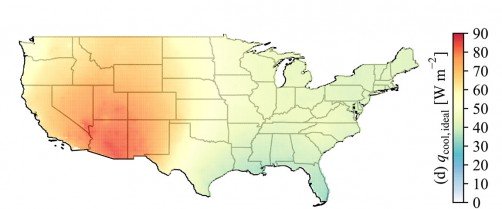
Which Climates Are Best for Passive Cooling Technologies?
If you guessed locations with drier atmospheres and frequent clear skies, you’re right. WASHINGTON, D.C., June 25, 2019 — A group of University of California, San Diego researchers set out to gain a better understanding of the thermal balance of…